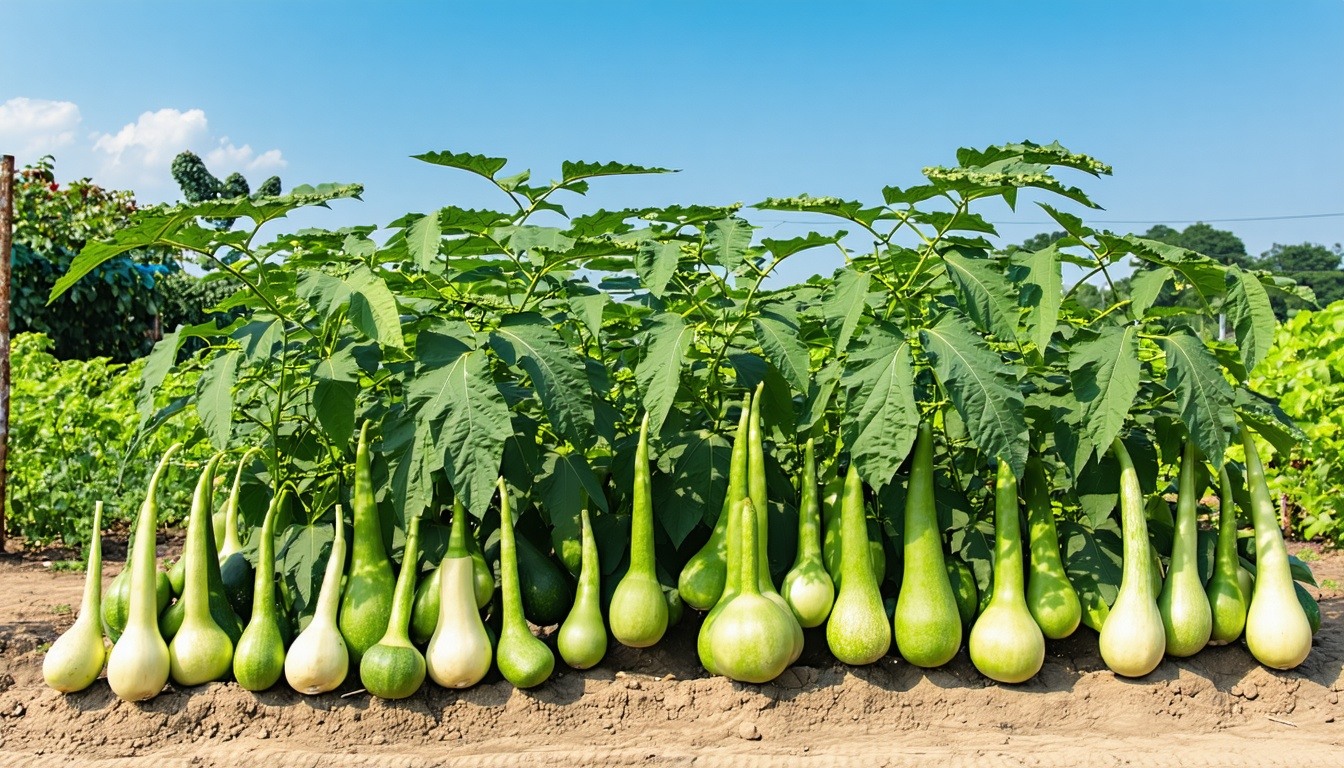Optimal Growing Seasons for Canteen or Kettle Gourds

Unlock the secrets to growing perfect canteen and kettle gourds with season-specific tips to enhance your garden and craft beautiful gourd banjos.
Understanding the Unique Characteristics of Canteen and Kettle Gourds
Canteen and kettle gourds are types of hard-shelled gourds that are often used for crafting due to their sturdy nature and unique shapes. Canteen gourds typically have a round, flattened shape resembling a canteen, while kettle gourds are more bulbous and rounded at the bottom.
These gourds are prized for their versatility. They can be used to create a wide range of crafts, including decorative items, containers, and musical instruments like gourd banjos. Their sound quality for instruments is influenced by the thickness and shape of the gourd, making each piece uniquely special.
Best Seasons to Plant Canteen and Kettle Gourds
The optimal time to plant canteen and kettle gourds is during the warm season, after the last frost has passed. This typically falls in late spring or early summer, depending on your local climate. Gourds require a long growing season, usually around 120 to 140 days, to fully mature.
Starting your seeds indoors a few weeks before the last expected frost can give your gourd plants a head start. Once the seedlings are strong enough and the outdoor temperatures are consistently warm, they can be transplanted into the garden.
Climate and Soil Requirements for Optimal Growth
Canteen and kettle gourds thrive in warm, sunny climates. They require full sun exposure for at least 6-8 hours a day to grow vigorously. These plants prefer well-drained, fertile soil with a pH level between 6.0 and 6.8.
To prepare your soil, incorporate plenty of organic matter like compost or well-rotted manure. This not only enriches the soil but also improves its drainage. Ensure the planting area is free of weeds and has good air circulation to prevent fungal diseases.
Care Tips for Healthy Gourd Plants
Water your gourd plants regularly, especially during dry spells, to keep the soil consistently moist but not waterlogged. Mulching around the base of the plants can help retain soil moisture and suppress weeds.
Provide support for the vines by using trellises or stakes. This not only keeps the plants off the ground, reducing the risk of rot and pests, but also promotes better air circulation. Regularly check for pests like aphids and squash bugs, and treat them promptly to prevent infestations.
Harvesting and Crafting: From Garden to Gourd Banjo
Harvest your gourds once the vines begin to wither and the shells have hardened. Cut them from the vine, leaving a few inches of stem attached, and place them in a warm, dry area with good air circulation to cure for several weeks.
Once fully dried, the gourds can be cleaned and prepared for crafting. For gourd banjos, the shape and thickness of the gourd play a crucial role in the instrument's sound quality. Carefully cut and hollow out the gourd, then sand and finish it as needed to create a beautiful and unique musical instrument.
